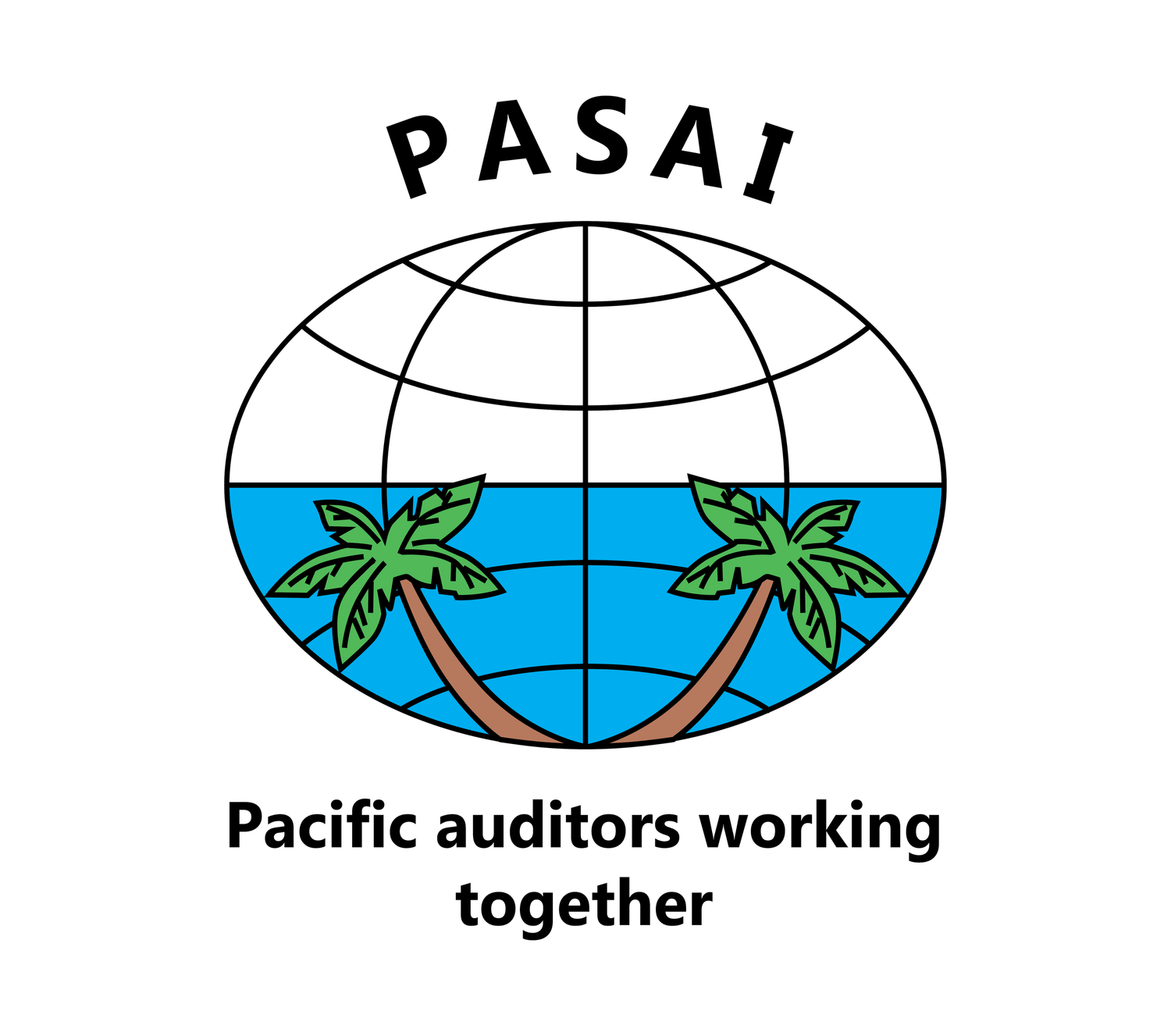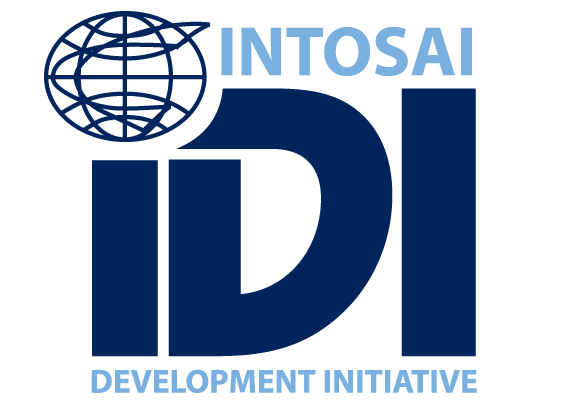By Danial Sadeqi, eLearning Specialist, PASAI
With the COVID-19 pandemic causing lockdowns and travel restrictions across the globe, offices shifted gears to a remote working environment using online technology to enable work continuity. In this virtual workplace model, eLearning became the norm in delivering staff training and induction [1].
While the pandemic triggered an unprecedented spike in the use of eLearning in workplace training, its popularity dates back further. Towards the end of the 2000–2019 period, online learning had already become the preferred method of training in several industries [2, 3, 4, 5].
In this blog post, we will look at some of the benefits of eLearning which have led to its increasing popularity.
Convenient for those who have limited time to devote to training
Unlike traditional classroom sessions where the learners need to attend the session at a particular time and place, online courses featuring pre-loaded activities and pre-recorded components give learners the flexibility to access training 24/7. For many employees who have busy schedules, the anytime access of online courses is much more convenient. Learners in traditional settings have to fit their other work and life commitments around the training, or just miss out. Online learners can avoid the scheduling clashes or just choose the time of day that is best for them to concentrate on training.Caters to a geographically dispersed audience
When participants remotely attend a webinar, it is possible for them to interact with other participants in similar ways to being at a seminar in person. Running such sessions enables a broader community to learn from each other and exchange experiences [1, 6] without the cost of and time needed for travel.Provides flexibility for the participants to learn at their own pace
In a classroom setting, the facilitator/trainer determines how much information is presented in each session. Some may find the amount of information presented overwhelming while others might find it insufficient. The same is often true for the pace of delivery. eLearning, however, allows learners to take control of the learning process. They can decide how much time to spend on each lesson or each key point. This gives each learner the flexibility to progress their learning at their own pace.Complicated concepts can be broken down with engaging/interactive videos
An engaging video can present complex concepts in ways that are far easier to understand than presenting them in a classroom [6]. In videos, ideas can be both visualised and made interactive for every single learner. This enables learners to understand the concepts better or pause/rewatch the video as many times as needed. Forum discussions can also be added to each video to allow learners to interact with each other and the facilitators to further discuss the concept or clarify questions.Learners’ activities can be tracked
Checking each learner’s understanding and progress through the course can be an arduous, if not impossible, endeavour in a classroom environment. However, components of online courses can be set up to automatically measure learners’ understanding. This information can be an invaluable resource guiding both the facilitators and the learners throughout the learning process. The use of such eLearning technology and administrative tools enables employers to monitor their employees’ ongoing compliance status as well as ensure all staff members have accessed relevant information [3].Learning taking place over time is more effective
When information is accessed gradually over time rather than in a single sitting, it is remembered better [7, 8]. Working professionals often space their training so that they do a section at a time to work around a busy schedule. A likely added benefit of longer exposure to learning materials is enhanced retention. eLearning platforms enable educators to incorporate interactive exercises, quizzes, games, and forum discussions to maintain engagement throughout the training.Good return on investment
While developing online programmes can cost more than preparing materials for in-person training, the delivery costs are significantly lower [6]. eLearning either lowers or fully eliminates the costs of training rooms, materials, instructor(s)/participants’ travel and job time lost due to attending a classroom session. All the participants need to access and complete the training is an internet connection and a computer or a mobile device.Reduces environmental impact
A UK study showed that eLearning can reduce energy by 87 per cent and lower CO2 emissions by 85 per cent compared to full-time face-to-face courses [9]. Online training eliminates the need for physical facilities to deliver training, commuting and printing.
The above benefits of eLearning were true even before the pandemic. It is now apparent that eLearning is here to stay and will continue to evolve and deliver benefits over time [1, 6].
We are committed to developing a multi-modal approach towards training, based on pedagogical and eLearning best practice to maximise engagement and applied learning. With the gradual easing of border restrictions, we are exploring the possibility of delivering hybrid (face-to-face and online) training in the future.
What’s next?
Future topics in our series include:
the impact of SAI PMF reports
interpersonal communication.
We welcome feedback and look forward to hearing about your areas of interest. Please email secretariat@pasai.org.
References
[1] Future of learning in the wake of COVID-19
https://www2.deloitte.com/content/dam/Deloitte/in/Documents/human-capital/in-hc-future-of-learning-in-the-wake-of-COVID-19-noexp.pdf
[2] Why eLearning Is The Future Of Corporate Training
https://www.linkedin.com/pulse/why-elearning-future-corporate-training-melody-godsey/
[3] Using e-Learning to build workforce capability: A review of activities
https://www.educationcounts.govt.nz/publications/schooling2/workforce/58148
[4] White, M., & Shellenbarger. (2017). Harnessing the power of learning management systems. Journal for Nurses in Professional Development, 33(3), 138–141.
[5] Park, S. H., Kim, M., & Yu, D. (2011). The effects of learning authenticity on the learning achievements in the online corporate training programme. British Journal of Educational Technology. 42(2), E37–E41.
[6] FAO. 2021. E-learning methodologies and good practices: A guide for designing and delivering e-learning solutions from the FAO elearning Academy, second edition. Rome.
https://www.fao.org/publications/card/en/c/800d5a81-e770-5c6d-9638-adfee7dd2f0a/
[7] Sisiti, H. M., Glass, A. L., & Shors, T. J. (2007). Neurogenesis and the spacing effect: Learning over time enhances memory and the survival of new neurons. Learning and Memory, 14, 368–375.
[8] The Spacing Effect: How to Improve Learning and Maximize Retention
https://fs.blog/spacing-effect/
[9] Roy, R., Potter, S., & Yarrow, K. (2007). Designing low carbon higher education systems: Environmental impacts of campus and distance learning systems. International Journal of Sustainability in Higher Education. 9(2), 116–130.
The Pacific Association of Supreme Audit Institutions (PASAI) is the official association of supreme audit institutions (SAIs) in the Pacific region, promoting transparent, accountable, effective and efficient use of public sector resources in the Pacific. It contributes to that goal by helping its member SAIs improve the quality of public sector auditing in the Pacific to recognised high standards. Our blog includes topics that may help auditors think about some implications to service delivery because of the global coronavirus pandemic (COVID-19).









